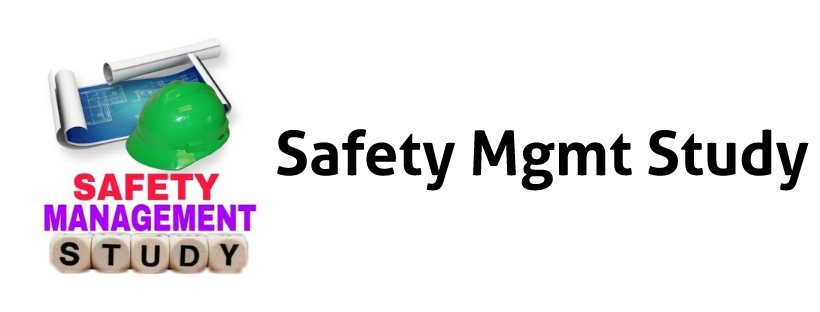Hazards and Safety Precautions in Oil & Gas Running Plants
Running an oil and gas plant is a challenging task, filled with potential hazards such as toxic gases, high temperatures, and equipment failures. These risks can be severe, but with the right precautions, they can be managed effectively. In this blog post, we will explore the main dangers in oil and gas plants and provide essential safety tips to protect workers, equipment, and the environment.
Introduction
Running an oil and gas plant is a complex operation with numerous potential hazards. From hazardous gases to high temperatures and equipment failures, the risks are substantial. This blog post explores these dangers and outlines essential safety precautions to keep workers, equipment, and the environment safe.
Common Hazards in Oil & Gas Plants
Hazardous Gases
Toxic Gases:
Example: Hydrogen sulfide (H2S) is often present in natural gas and can be extremely dangerous, causing severe respiratory problems or even death.
Precautions: Use continuous gas monitoring systems, ensure proper ventilation, and equip workers with personal protective equipment (PPE) like respirators.
Flammable Gases:
Example: Methane is a highly flammable gas that can cause explosions.
Precautions: Install gas detection systems, maintain good ventilation, and eliminate potential ignition sources.
Corrosive Gases:
Example: Sulfur dioxide (SO2) can damage equipment and pose health risks to workers.
Precautions: Regularly inspect and maintain equipment, use corrosion-resistant materials, and provide adequate protective clothing.
Asphyxiant Gases:
Example: Nitrogen can displace oxygen in confined spaces, leading to suffocation.
Precautions: Ensure proper ventilation, use oxygen monitors, and provide respiratory protection.
Excessive Pressure in Equipment
Example: High-pressure steam systems can rupture if not properly managed.
Precautions: Conduct regular pressure testing, install pressure relief valves, and follow pressure equipment regulations.
High Noise Levels
Example: Drilling operations and machinery can generate harmful noise levels.
Precautions: Use noise barriers, regularly maintain equipment to reduce noise, and provide hearing protection devices.
High Temperatures
Example: Operations involving furnaces or heated processes can expose workers to extreme heat.
Precautions: Implement thermal insulation, monitor temperature levels, and ensure workers wear heat-resistant clothing.
Chemical Spillage
Example: Accidental spills of crude oil or chemicals can be hazardous.
Precautions: Use proper spill containment systems, implement immediate clean-up procedures, and train workers in spill response.
Damaged Structures
Example: Corrosion or mechanical failure can compromise plant infrastructure.
Precautions: Conduct regular structural inspections, perform timely repairs, and use corrosion-resistant materials.
Fire Hazards
Example: Ignition of flammable materials can lead to devastating fires.
Precautions: Install fire detection and suppression systems, maintain clear emergency exits, and conduct regular fire drills.
Equipment Failure
Example: Mechanical breakdown of critical machinery can halt operations.
Precautions: Perform routine maintenance, use high-quality components, and monitor equipment health in real-time.
Work-Related Hazards
Confined Spaces:
Precautions: Conduct risk assessments, provide proper ventilation, and use safety harnesses and communication systems.
Working at Heights:
Precautions: Use fall protection systems, ensure ladders and scaffolding are secure, and train workers in height safety.
Safety Precautions and Good Practices
Safety Precautions
- Risk Assessment: Regularly conduct thorough risk assessments to identify potential hazards and implement control measures.
- Training and Education: Continuously train employees on safety procedures and emergency response.
- Personal Protective Equipment (PPE): Ensure all workers have access to and use appropriate PPE.
- Emergency Response Plans: Develop and rehearse emergency response plans for various scenarios.
- Regular Inspections and Maintenance: Conduct routine inspections and maintenance of equipment and infrastructure to prevent failures.
- Monitoring Systems: Install real-time monitoring systems for gas detection, pressure levels, and equipment health.
Good Practices
- Safety Culture: Promote a culture of safety where employees feel responsible and empowered to report hazards.
- Clear Communication: Ensure clear communication channels for reporting hazards and emergencies.
- Documentation: Keep detailed records of safety inspections, incidents, and maintenance activities.
- Continuous Improvement: Regularly review and update safety procedures based on new information and technologies.
- Collaboration: Work with industry peers and regulatory bodies to stay informed about best practices and regulatory changes.
Conclusion
The oil and gas industry poses numerous hazards, but with rigorous safety precautions and good practices, these risks can be managed effectively. By understanding the potential dangers and implementing comprehensive safety measures, companies can protect their workers, assets, and the environment, ensuring safe and efficient operations. Prioritizing safety not only safeguards lives but also enhances operational efficiency and sustainability in the long run.



.jpg)









.png)


0 Comments